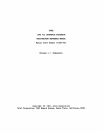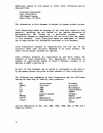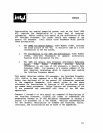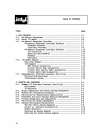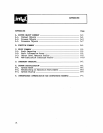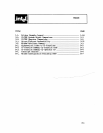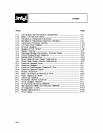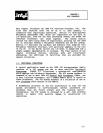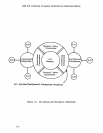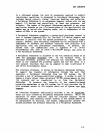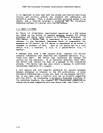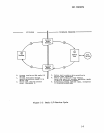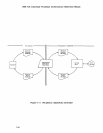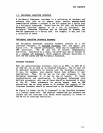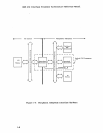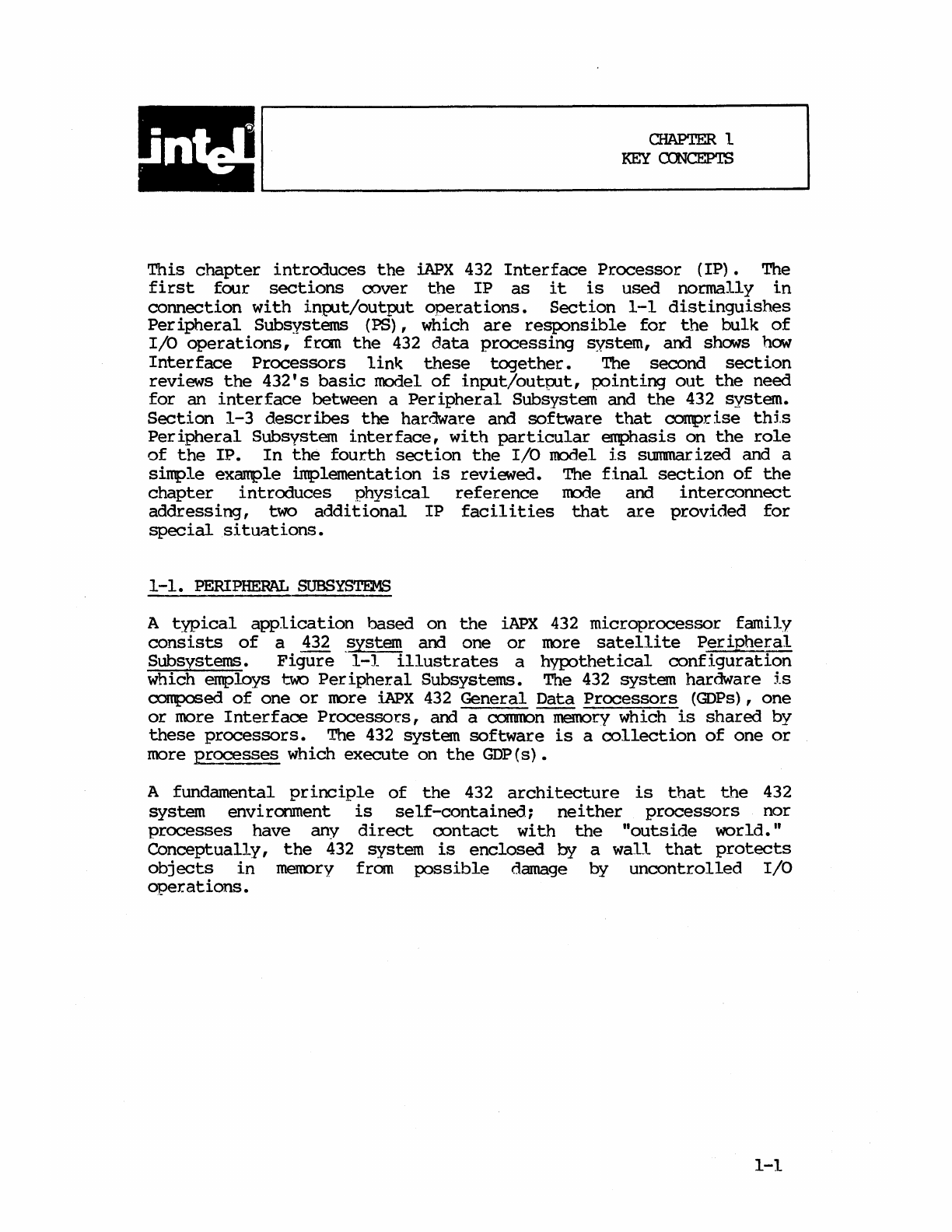
CHAPTER
1
KEY
CCNCEPTS
This
chapter
introduces
the
iAPX
432
Interface
Processor
(IP).
The
first
four
sections
cover
the
IP
as
it
is
used
normally
in
connection
with
inIXlt/output
operations.
Section
1-1
distinguishes
Peripheral
Subsystems
(PS),
which
are
responsible
for
the
bulk
of
I/O
operations,
fran
the
432
data
processing
system,
and shows how
Interface
Processors
link
these
together.
The second
section
reviews
the
432' s
basic
model
of
inp.lt/outp,lt,
pointing
out
the
need
for
an
interface
between a
Peripheral
Subsystem and
the
432
system.
Section
1-3
descr
ibes
the
hardware and
software
that
conpr
ise
this
Peripheral
Subsystem
interface,
with
particular
emphasis on
the
role
of
the
IP.
In
the
fourth
section
the
I/O
roc>del
i.s
summar
ized
and a
simple
example
~lementation
is
reviewed.
The
final
section
of
the
chapter
introduces
physical
reference
m::>de
and
interconnect
addressing,
two
additional
IP
facilities
that
are
provid.ed
for
special
situations.
1-1.
PERIPHERAL
SUBSYSTEMS
A
typical
application
based
on
the
iAPX
432
microprocessor
family
consists
of
a 432 .system and one
or
more
satellite
Peripheral
Subsystems.
Figure
1-1
illustrates
a
hypothetical
configuration
which employs
two
Per
ipheral
Subsystems. The 432 system hardware
is
composed
of
one
or
more
iAPx
432
General
Data
Processors
(GDPs),
one
or
more
Interface
Processors,
and a
COII1I'OC>n
memory
which
is
shared
by
these
processors.
The 432
system
software
is
a
collection
of
one
or
more
processes
which
execute
on
the
GDP(s).
A fundamental
principle
of
the
432
architecture
is
that
the
432
system
environment
is
se
If-contained.;
nei
ther
processors
nor
processes
have any
direct
oontact
with
the
"outside
world."
Conceptually,
the
432 system
is
enclosed
by
a
wall
that
protects
objects
in
memory
from
possible
damage by
uncontrolled
I/O
oper.ations.
1-1



